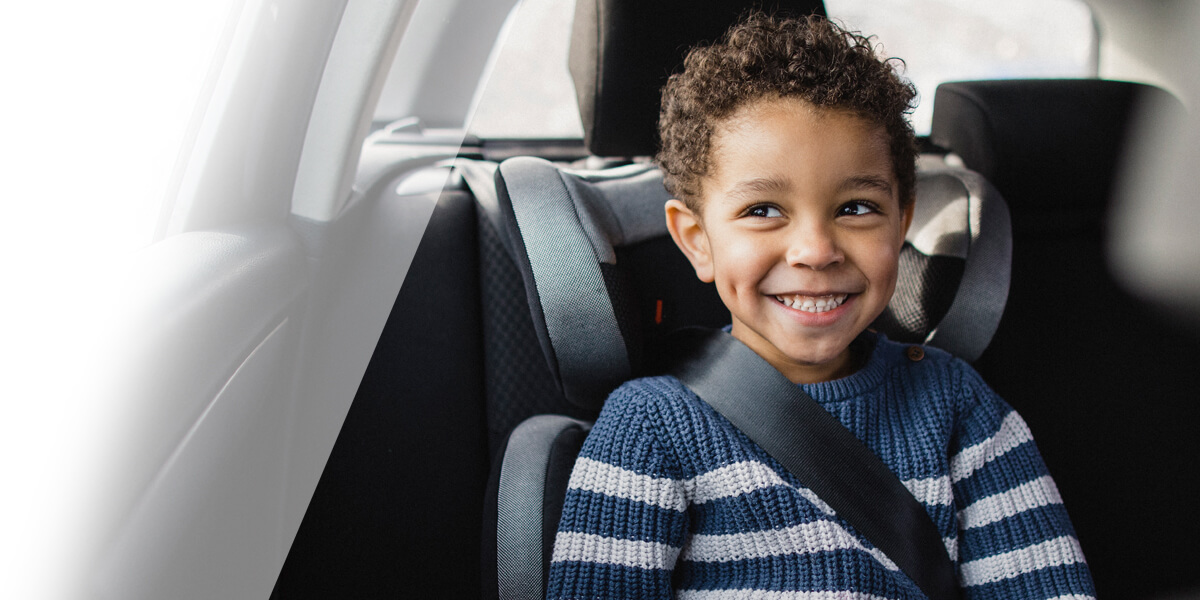Responsible motoring will keep your family safe
Owning a car can be fun: family road trips, sing-alongs and games of I-spy. But with fun comes responsibility for the safety of your passengers, especially children. Which is why DirectAxis brings you eight tips on how to keep the little ones safe in a car:
The National Road Traffic Act states that parents have to strap children under the age of three into car seats or they will be fined.
Car seats are designed around a child’s height and weight. So get out the scale and a tape measure and record your child’s measurements before you head out to the store.
The safest way for infants under 1 to travel is in a rear-facing child restraint system.
Children aged 1-4 years should be buckled into a forward-facing safety seat until their weight exceeds 18 kg or they grow too tall for the height of the adjustable harness.
Booster seats come next and are designed for weights ranging from 15 kg. They raise the seating position of children aged four and up so that the adult seat belt lies properly across the body.
Your child is ready for an adult seat belt only if his eyes are level with the top of the back seat of the car (±145 cm) and the belt fits low across the hip bones and the sash strap passes across the outer part of the shoulder, not across the neck.
Be wary of buying pre-owned. Only buy a second-hand car seat if you know its history. Do NOT buy it if it's been involved in an accident, has worn straps, bent buckles, or the attachment points in the plastic shell are cracked or discoloured.
Record your child’s information and stick it to the car seat. Include names, contact information and any relevant allergies or medical conditions. The sticker will speak volumes if you can’t.
The figures and weights mentioned in this article are guidelines only. Follow the manufacturer’s advice relevant to the model of car seat you’re using.
